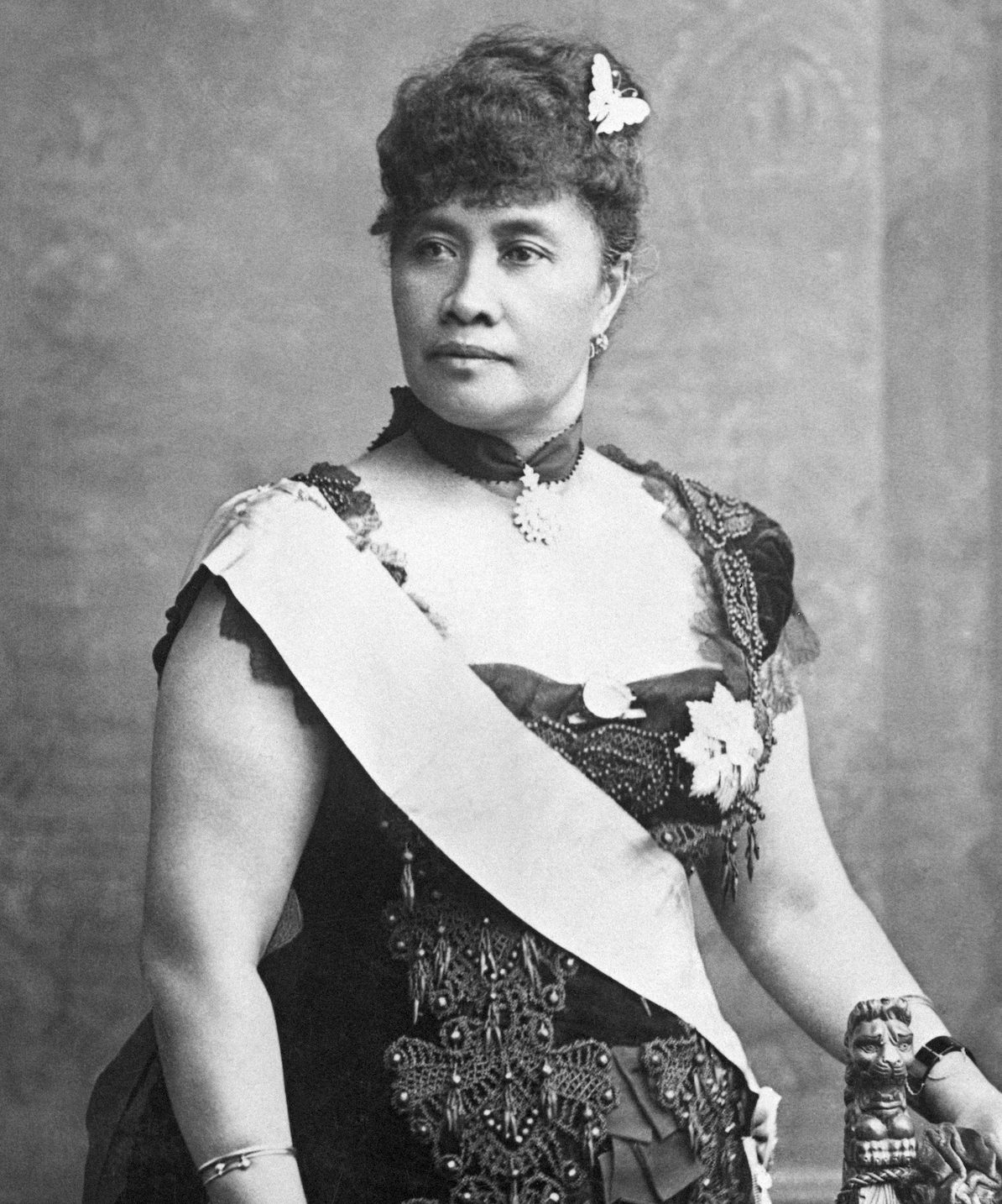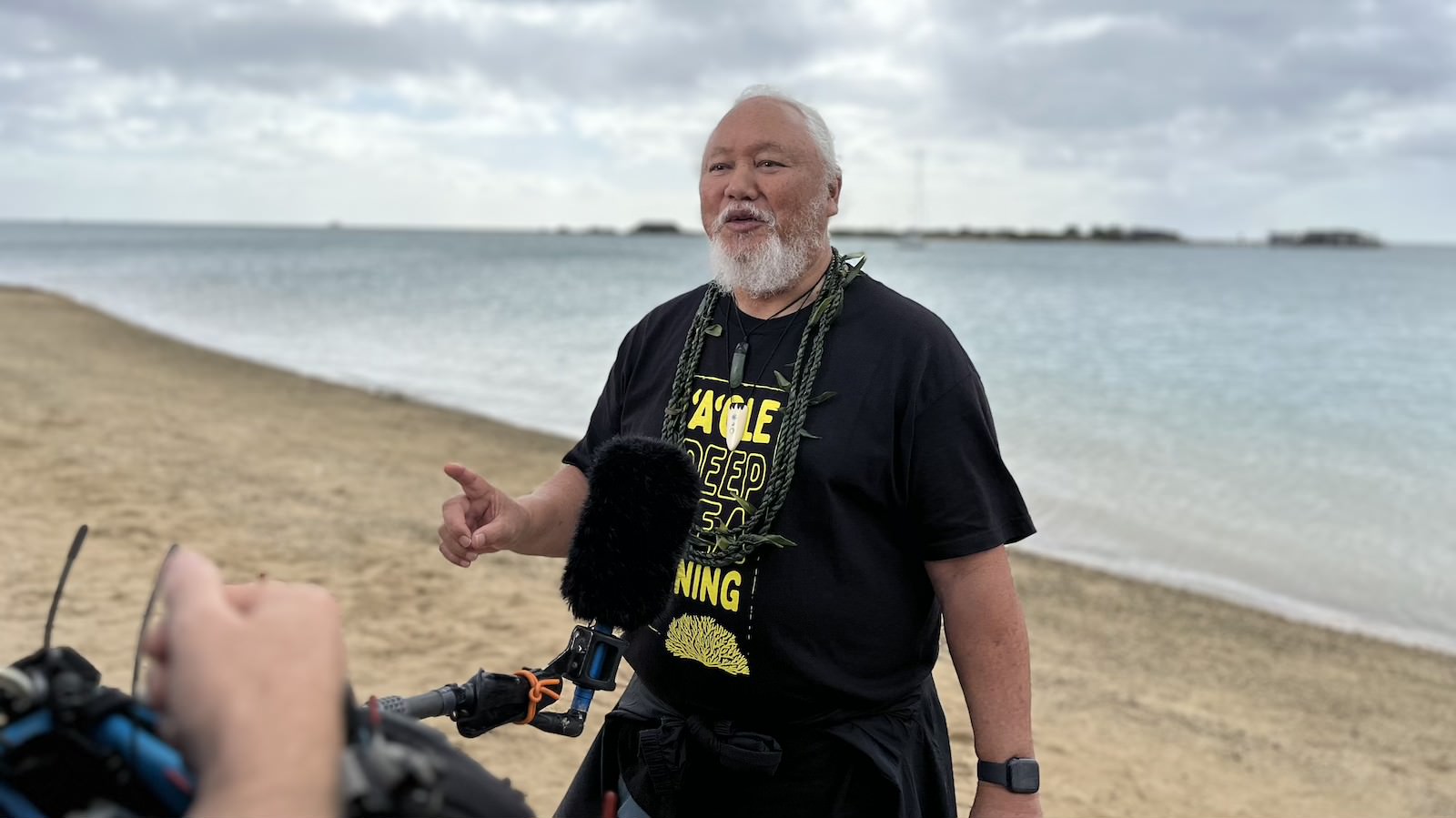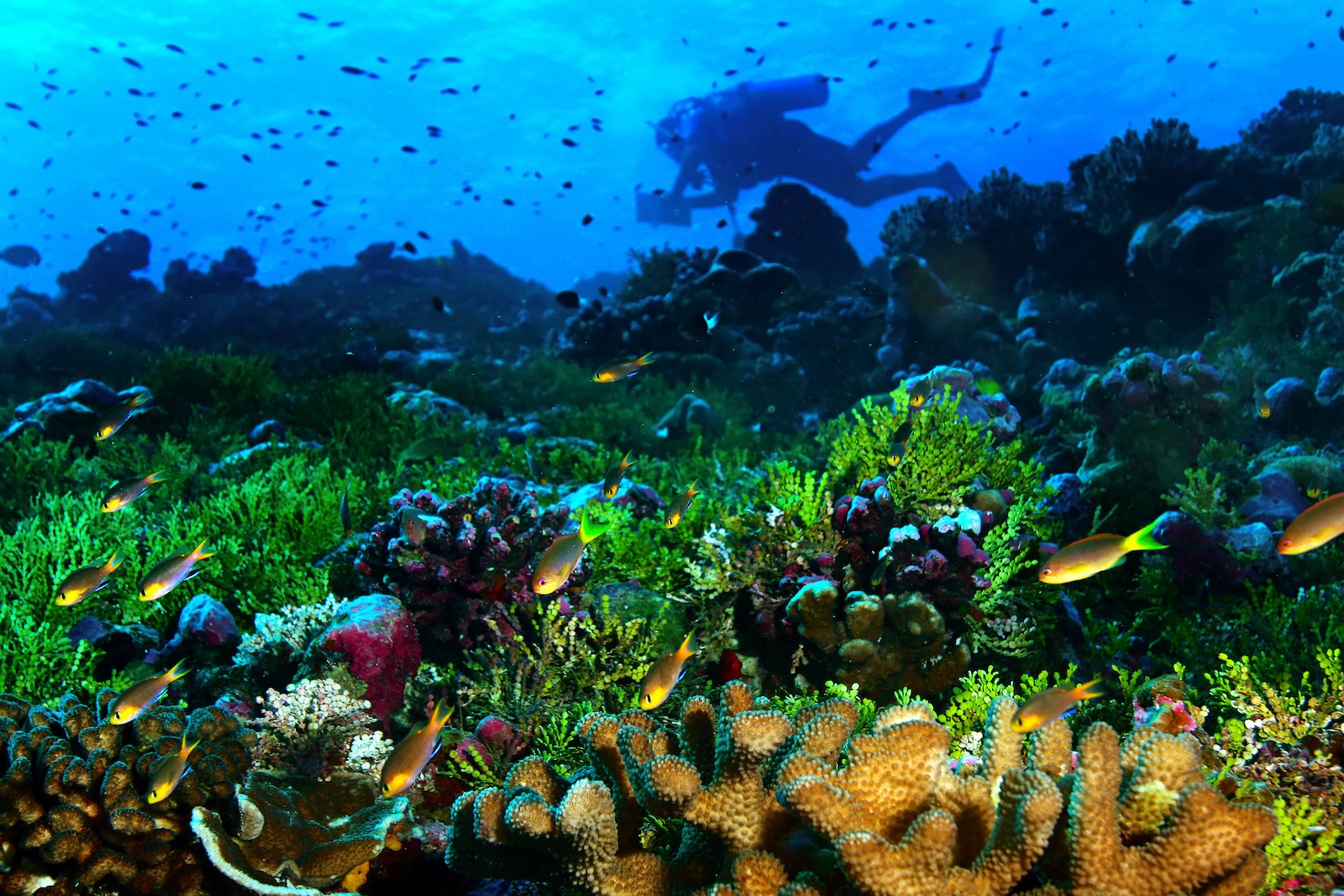In 1895, Queen Liliʻuokalani spent nearly eight months imprisoned in an upstairs bedroom in Iolani Palace in Honolulu. She had been put there by American businessmen backed by the United States military who had overthrown the Hawaiian Kingdom, an internationally recognized sovereign nation.
She spent her days in confinement translating the creation story of the Hawaiian people into English, line by line.
She would never be allowed to rule over her people again. The U.S. annexed Hawaiʻi over the protests of the Native people, and the islands became a territory and then a state. But now the work of the imprisoned queen is resurfacing in the international debate over whether to mine the seabed for minerals that could accelerate the energy transition away from fossil fuels.

Solomon Kahoʻohalahala, a Native Hawaiian activist from the island of Lānaʻi, has been poring over the queen’s translation, known as the Kumulipo, and bringing it to the attention of state and international lawmakers to make the case that the ocean is sacred to Hawaiians and that deep-sea mining would irreparably harm it.
On Friday, he’s flying to Kingston, Jamaica, to the headquarters of the International Seabed Authority, a United Nations agency that oversees international waters. He’s hoping to convince the agency to establish a committee where Indigenous people like himself can weigh the costs of mining proposals to their cultural heritage.
“The ocean doesn’t know any boundaries. The fish and the animals don’t know boundaries,” Kahoʻohalahala said. “We are the people that have subsisted and we have lived here, so we need to protect it all.”
Locally, his message is resonating: On Monday, Hawai’i Governor Josh Green signed into law a ban on seabed mining in the state’s surrounding waters, making Hawai’i the fourth state to do so following Oregon, Washington, and California. The ban prevents any permits from being issued for extracting minerals within state waters. The new law comes on the heels of a letter a dozen members of Congress sent to President Joe Biden last month asking him to support a moratorium on deep-sea mineral extraction.
The mining of minerals like cobalt, which can be used to make electric vehicle batteries, has the potential to jump-start a multibillion-dollar industry that could accelerate the green transition away from reliance on oil and gas. But opponents are concerned about the potential for irreparable harm to sea creatures that have spent millions of years untouched.
To Kahoʻohalahala, the ban in his home archipelago is meaningful, as are efforts to put pressure on the Biden administration. But the U.S. doesn’t have a seat at the International Seabed Authority because it hasn’t ratified the United Nations Convention on the Law of the Seas. And that’s where the most important negotiations are happening that could determine whether permits are granted to allow corporations to mine the high seas.
The agency hasn’t yet approved its agenda for this month’s gathering, but the stakes are high.
Member states are expected to vote on a new secretary-general, which features two candidates with far different views on the future of mining. The New York Times reported last week that the election is already embroiled in scandal amid allegations of bribery for votes and similar corruption.
There’s also increasing interest in deep-sea mining from places like American Samoa. It’s possible that the agency could receive proposals this summer from companies and governments who want approval for their mining plans.
That’s why Kahoʻohalahala feels it’s urgent to ensure Indigenous peoples have a voice in any decision-making. He wants the International Seabed Authority Council to establish a Committee on Intangible Underwater Cultural Heritage which can advise the Council on how mining proposals might affect Indigenous peoples’ cultural connection to the ocean.

Anita Hofschneider / Grist
He thinks about how Indigenous peoples weren’t involved in the United Nations Convention on the Law of the Seas and how that led to the conclusion that the high seas belong to all humankind.
“The colonial perspective and that of deep sea mining is that the deep sea is an area of vast void-ness and there is nothing there. They have determined that this really belongs to no one,” he said. “No one had ever considered that the Indigenous people of Oceania have a connection and relationship to what they’re calling the high seas.”
Kahoʻohalahala grew up in a family of farmers and fishers on the Hawaiian island of Lānaʻi, and spent years working in local and state advocacy for Indigenous rights and conservation before starting to participate in international conservation and biodiversity meetings in the last decade.
Two and a half years ago, he heard about the International Seabed Mining Authority. He attended an agency meeting in Kingston as an observer representing Greenpeace. There, he realized that the agency was considering permitting mining on the ocean floor in the Clarion-Clipperton Zone, about 500 miles south of Hawaiʻi.
Since then, he has become Hawaiʻi’s leading activist against seabed mining.
“My commitment is to make sure that we’re doing what is responsible for us to do as kupuna looking forward for the next several generations, 100 years from now,” he said, using the Hawaiian word for elders. “I hope that our great mo’opuna (grandchildren) will say our tutus (grandparents) were involved in caring for this space, and that is why we can still be here 100 years from now.”
Kahoʻohalahala thinks of Queen Liliʻuokalani often. He thought about her on Monday as he stood in the Hawaiʻi governor’s office, a stone’s throw from the palace where she was imprisoned.
“[I am] thankful that our Queen, in her darkest hours, at Iolani Palace took the time to translate this into English, to help us to be advocates of our own cultural connection, which ties us all to all ecosystems,” Kahoʻohalahala said.
This story was originally published by Grist with the headline How the last queen of Hawaiʻi is influencing the debate over deep-sea mining on Jul 10, 2024.

